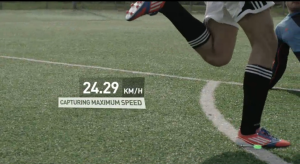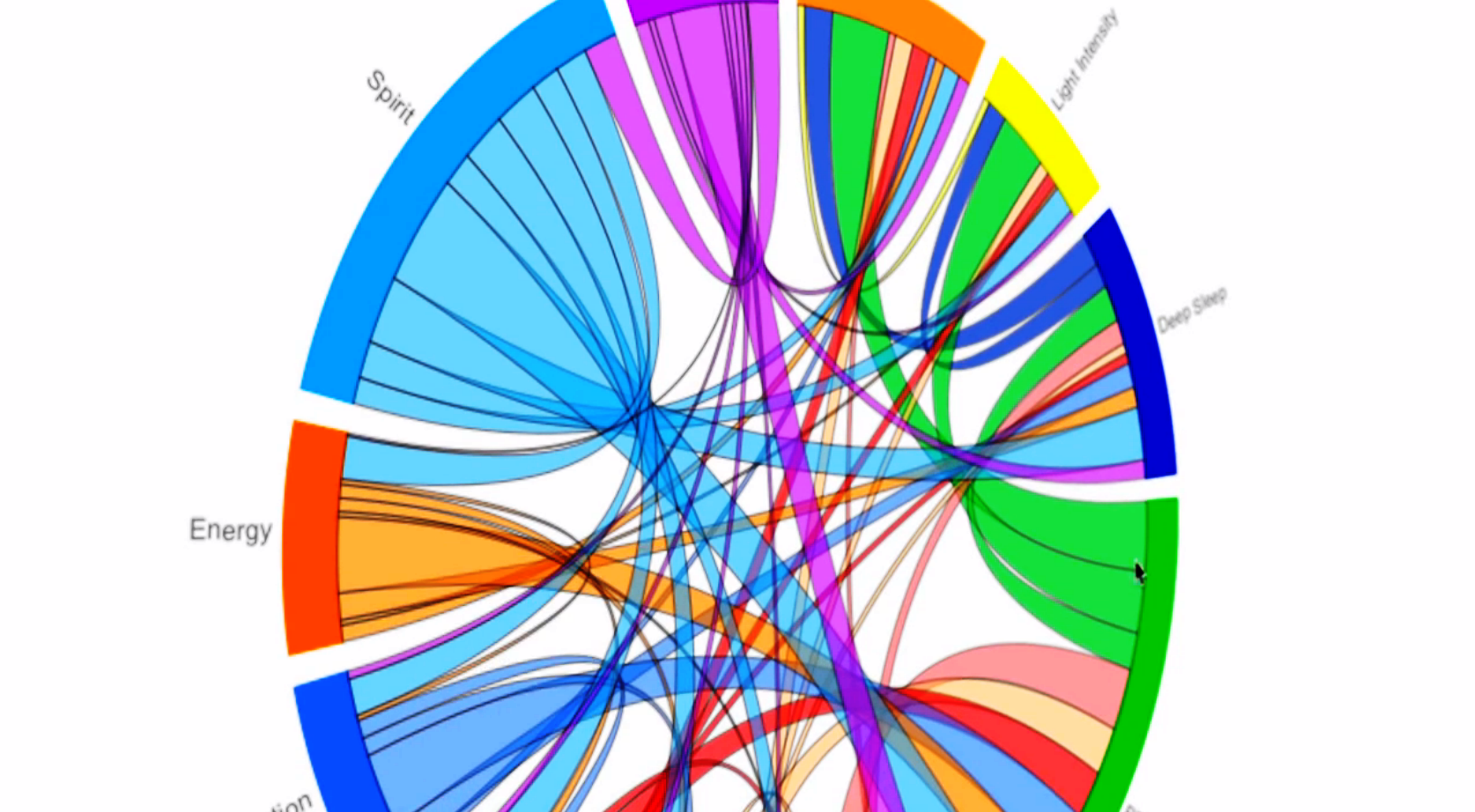
Athletes Find an Edge with Performance-Enhancing Data

Many hallowed records fell during Major League Baseball’s dark “Steroid Era,” when illegal drugs boosted the power and stamina of hitters and pitchers alike. Today, competitors in baseball, soccer, and cycling are turning to a clean and legal performance-enhancing substance: big data.
Statistics have always been a big part of baseball, but the MLB is taking that obsession to new heights in 2014 with a system that collects lots of data on every play. In select ballparks, the movement of the ball and every player will be tracked by video cameras and quantified into a variety of statistics about the speed, velocity, and angles of the players and the ball. The numbers will form the basis of new defensive statistics designed to be consumed by teams, broadcasters, and fans alike.
Big data will also be on display in the World Cup, which kicks off today in Brazil. The grueling, month-long tournament will test the stamina of teams, particularly those unlucky enough to draw games in heat and humidity of the Amazonian rainforest. Teams that have optimized their schedules based on physiological data collected by devices such as FitBit, Nike FuelBand, or Adidas miCoach may have an edge over those that don’t.
Gathering the data is one thing, but making use of it is something else entirely. The German national team stands to benefit from an SAP HANA appliance to help crunch through massive amounts of data. According to Oliver Bierhoff, the manager of the German national football (and a “brand ambassador” to the German IT giant), 7 million data points can be generated in 10 minutes by just 10 players with three balls. “With SAP, our team can analyze this huge amount of data to customize training and prepare for the next match,” Bierhoff says.
One of the most compelling examples of how big data analytics actually helped a team win comes from the world of cycling, which has a long and sordid history with perform ance-enhancing drugs. At next month’s Tour de France, we’ll undoubtedly hear about the latest substances cyclists are using to get an edge, and how the drug cops plan to catch them.
ance-enhancing drugs. At next month’s Tour de France, we’ll undoubtedly hear about the latest substances cyclists are using to get an edge, and how the drug cops plan to catch them.
But today’s big data success story has a happy ending. It all starts with Sky Christopherson, who was on the U.S. national men’s team in the late 1990s and early 2000s. As he was trying to make the team for the 2012 Summer Olympics in London, Christopherson adopted a “digital health” model that incorporated genetic testing, sleep data, and glucose tracking.
While he didn’t make the U.S. men’s team, Christopherson did manage to break the world record in the velodrome sprint in 2011, and he credits the analytics with making that possible. What made the record so sweet was that previous holder of the record was under a lifetime ban for performance-enhancing drugs. The reason that so many athletes have turned to drugs is that they accelerate recovery. “At this level of athletics, everyone’s training hard enough. The key is, How do you recover faster?” he says.
Christopherson’s data-assisted accomplishment caught the eye of the women’s US national cycling team, which was woefully understaffed and underfunded going into the 2012 Olympics. While other teams had physiologists, psychologists, and other experts to help them gain an edge, the U.S. women’s had just a single coach. Nobody was surprised that the team was 5 seconds off the pace for medal contention, which is a huge gap for indoor cycling.
A member of the team contacted Christopherson with the idea of using data analytics to dial things in. Consulting for th e team through his company, Optimized Athlete, Christopherson began collecting data. In fact, they were collecting so much data that it became a big problem.
e team through his company, Optimized Athlete, Christopherson began collecting data. In fact, they were collecting so much data that it became a big problem.
“We got into a really tough position where we had too much data and we had to look for patterns and insights. We didn’t have an easy way to do that,” he says. Christopherson looked around for an application to help the team analyze the big data set, and settled on the Hadoop-based software from Datameer.
Christopherson says the Datameer software offered good visualization tools, “which is exactly what we needed to see how all of this stuff is interconnected. That for us was huge,” he says in a video on the Datameer website. “We saw right away what were the things we need to recommend. We can adjust the routines, the behaviors, the lifestyle. So we took these insights to the cycling team and made those final adjustments before London.”
Those data-powered adjustments paid off in a big way for the women’s team, which went on to win the silver medal in the 2012 Olympics. “That was more than any of us could have asked for,” Christopherson says.
Related Items:
Playing Ball with MLB’s New Analytic Data Feed
When Data Analytics Goes Horribly Wrong: A Sporting Example
How Businesses Can Apply the Analytic Lessons Learned in Sport


























